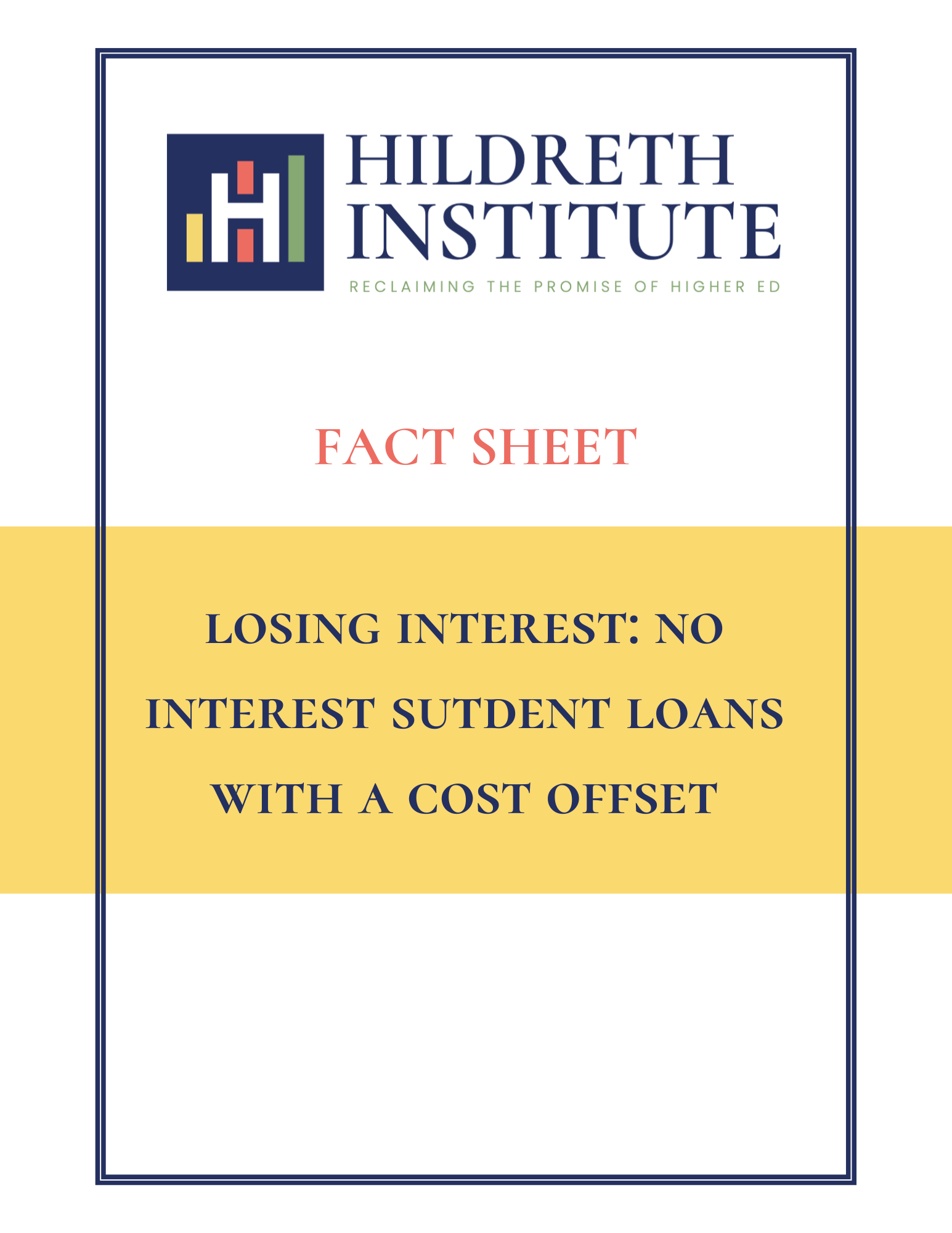Losing Interest:
No Interest Student Loans with a Cost Offset
AUGUST 2022
Executive Summary
An increasingly large share of student borrowers are unable to pay down their loan principal. Their balances grow primarily because interest is accumulating faster than the payments they are making. Known as negative amortization, the accumulated interest is added onto the original loan principal, compounding interest and increasing future repayment obligations.
Nearly one-quarter of all payments made by student loan borrowers in 2019, were interest payments. Interest payments alone reached $22.4 billion, up from $13.1 billion in 2015.
Rising loan balances, even while borrowers are in repayment, is a growing problem that disproportionately affects low-income borrowers and students of color. Black graduates who currently experience labor market discrimination and occupational segregation are also much more likely to experience negative amortization.
While addressing the burden of student debt will take a multi-faceted approach, one way to provide substantial relief to current and future borrowers is to provide no interest student loans with a cost offset.
Compared to an IBR plan, a no interest repayment plan is simple. Not only is the monthly repayment amount lower, it also stays the same over the lifetime of the loan instead of fluctuating or increasing over time (which an IBR does since it's based on income).
To offset the cost of waiving interest payments, the government can invest the principal payments to generate revenue.
Here is how this new system would work:




